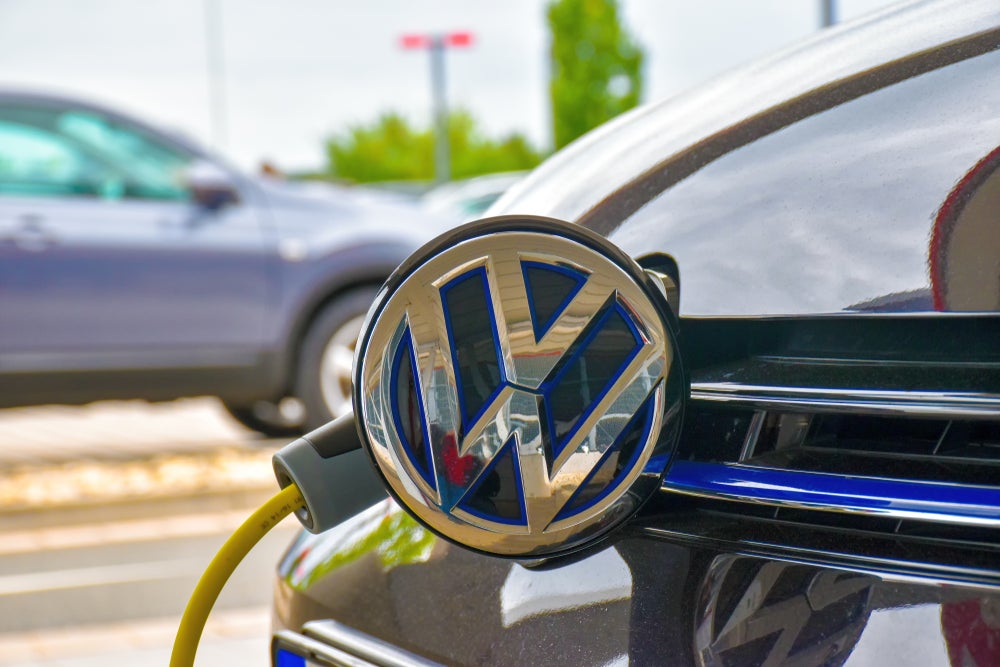Managers responsible for LCV fleets can improve efficiency and reduce costs with six top tips, shares leasing company, Volkswagen Financial Services (VWFS) Fleet. Following these tips will deliver essential fleet insight, highlight where improvements can be made, drive sustainability ambitions and unlock strategic decision-making to reduce costs in the long term.
“With petrol and diesel pump prices remaining historically high, and fleet operational costs eating into profits, it’s increasingly important for LCV fleet operators to identify efficiencies and opportunities to reduce costs,” explains Paul Starkey, Commercial Vehicle Product Manager at VWFS Fleet.
“Additionally, many commercial fleets are beginning to assess their sustainability responsibilities, with the need for eLCVs on the horizon. As a result, balancing budgets, fleet efficiencies and carbon footprints are increasingly important priorities.”

To help manage the process, VWFS Fleet shares its top tips – which will enable LCV fleet operators to identify practical opportunities to improve efficiency and reduce costs.
1. Fleet rightsizing
Those responsible for managing an LCV fleet should start with a holistic fleet analysis to ensure their LCVs are fit for purpose. By assessing if the fleet is fully suited for business’ needs and load requirements, operators can identify opportunities for improvement. LCV ‘rightsizing’ means reviewing if a fleet is operating with the ideal vehicle stock and it can lead to significant efficiency gains. VWFS Fleet’s Payload Vanalyser tool can help LCV fleet operators to identify the right commercial vehicles for their needs.
2. Fuel matters
As part of the fleet review, it’s also important to consider different fuel types. Many LCV fleets are looking to transition to electric ahead of the 2035 ban on the sale of new petrol and diesel cars and vans, and making some ‘quick wins’ can help with this transition journey. For example, for LCVs making frequent journeys to city centres, there may be cost savings on emissions or clean air zone fees when making the switch to electric. VWFS Fleet’s eLCV-4-Me tool can help to identify when and how an eLCV would work for individual driver profiles.
How well do you really know your competitors?
Access the most comprehensive Company Profiles on the market, powered by GlobalData. Save hours of research. Gain competitive edge.

Thank you!
Your download email will arrive shortly
Not ready to buy yet? Download a free sample
We are confident about the unique quality of our Company Profiles. However, we want you to make the most beneficial decision for your business, so we offer a free sample that you can download by submitting the below form
By GlobalData3. Fund smartly
When you’ve identified the right LCVs for your fleet, having a good understanding of the available funding options can support cost-effective decision-making. Often, partnering with an LCV fleet funding expert can help here, as they can analyse your fleet’s needs and provide a bespoke solution.
4. Use available data to plan routes carefully
Careful route planning can help fleets to address inefficient journeys and tackle fuel costs. Real time vehicle tracking and analysis, using telematics insight, will help to identify unproductive journeys and offer suggestions for potential improvements. By incorporating smarter route planning, you can decrease your fuel bill while improving overall fleet productivity – a real win win.
5. Manage downtime
By prioritising routine servicing and maintenance requirements, fleet operators can maximise the lifecycle of LCVs, improve fleet safety and minimise unexpected repair costs. It will also help to maximise vehicle uptime to support the fleet’s productivity. Simple measures, such as regularly checking tyre pressures, will help LCVs run more efficiently, consume less fuel, optimise ranges and negate the impact of costly breakdowns.
6. Get drivers on side
It’s always important to work alongside your drivers to enhance the overall fleet efficiency. Sharing tips about the importance of fuel-efficient driving and proper maintenance routines can make a positive contribution to a cost-conscious and environmentally aware fleet.
Paul Starkey concludes: “LCV fleet operators can use a combination of helpful online tools and strategic advice when looking to improve LCV fleet performance and save costs. Fleet reviews, assessing funding options and even promoting helpful driving tips, can all add up to make a substantial difference, both in the short term and as LCV fleets transition to an all-electric future in the coming years.”









Related Company Profiles
Volkswagen Financial Services AG